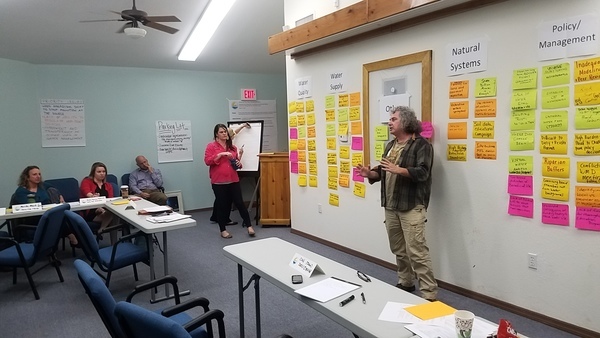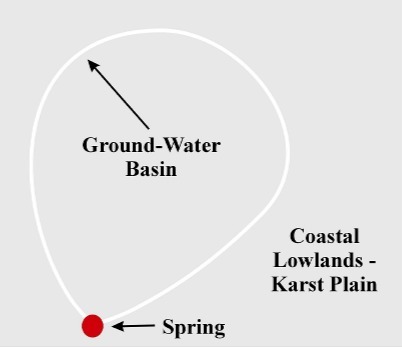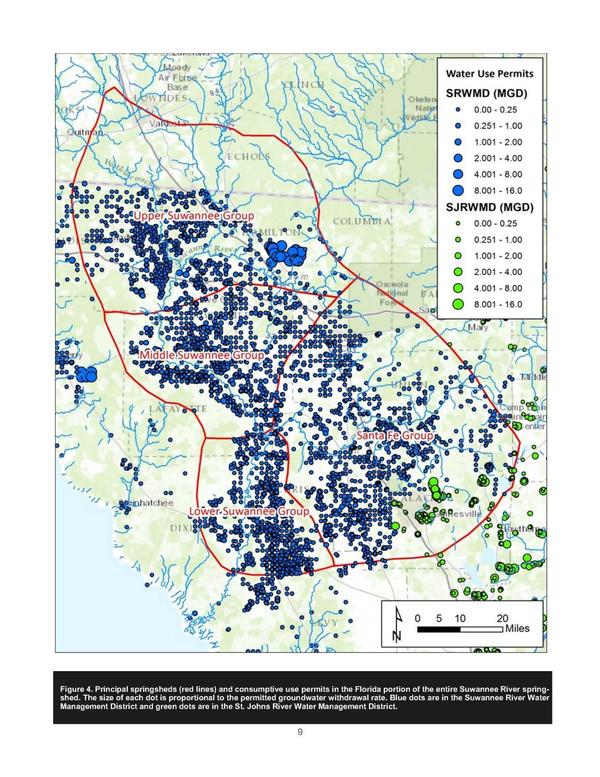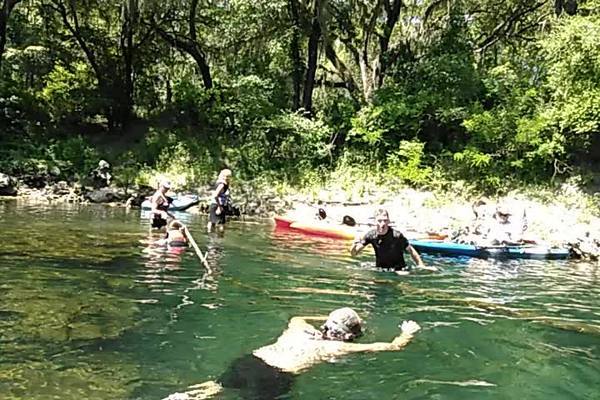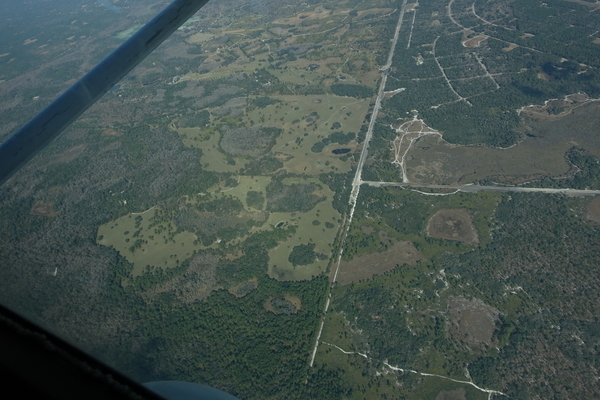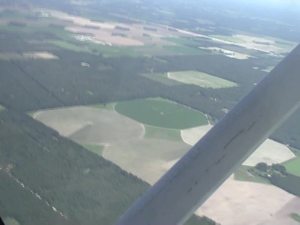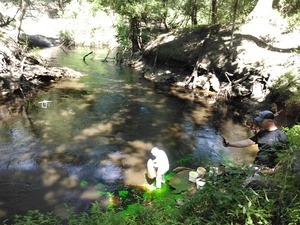Someone said there’s an actual scientist in the room, so let’s hear from him. So WWALS Science Committee member Geology Professor Can Denizman said a few words about modeling karst limestone aquifers such as the Floridan Aquifer. This was at the March 3, 2017 meeting of the new Environmental Advisory Work Group of the Suwannee River Partnership.
Here’s video followed by a transcript: Continue reading

